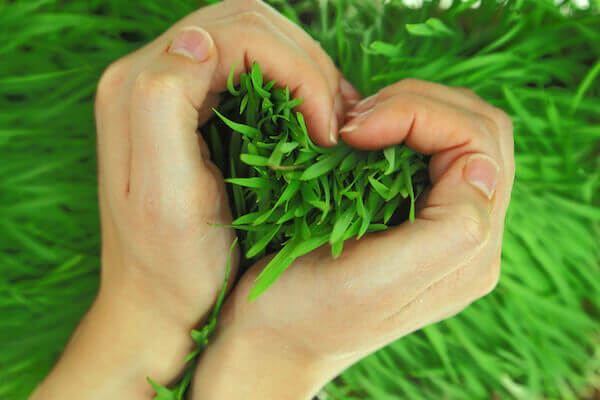
Tips on Identifying Turfgrass Diseases
You take the time to make sure your lawn is properly maintained for many reasons. Aside from providing relief in the hot, summer months, being a safe haven for Florida wildlife and your family, and protecting the environment from soil erosion, healthy turf can increase your property value and give you something lush to come home to every day. The last thing you want to happen is for a disease to infect your lawn.
Plant diseases are problematic for many reasons. Simply put, they disrupt the growth and alter the appearance of turf.
One of the things that can make diseases so difficult to control is the fact that diseases can affect turf during the whole year, yet only be active during a few months or when environmental factors enable it to flourish. This can make the detection of diseases a very difficult task. Monitoring your lawn for signs of disease can be a long and arduous process, but properly diagnosing your problem is incredibly important. Hastily treating problems you perceive without consulting a professional to uncover the true cause is a common factor of turf diseases and distress in the first place.
By ensuring that you’ve planted the right sod in the right place and by practicing proper mowing, watering, and feeding protocols, you can easily protect your lawn. By encouraging and nurturing your healthy lawn, you can work to shield your turf from drought, pests, and even ward off disease.
Learn How does Turf Become Diseased?
Environmental conditions and improper lawn maintenance are the main causes of turf disease. Lawns rely on a healthy balance of sunlight, water, air, and nutrients to thrive. When one of these elements is out of balance, you increase your lawn’s susceptibility to disease. In Florida, a major cause of turf disease is the presence of fungi. Classes of fungi that commonly distress and ruin grass are yeast, molds and mushrooms. Fungi are everywhere in the environment and if your lawn is susceptible to hosting them, your lawn may be at risk.
For turfgrass to become diseased, the pathogen must come in contact with a susceptible plant. Fungus can enter leaf blades through a cut leaf, the stomate, or a number other mechanisms. Once this pathogen is established in the plant it begins to exhibit the disease. If the type of fungus is one that reproduces, an epidemic may spread and increase the area that is diseased. If you find your lawn is harboring an epidemic, it’s very important to contact your lawn care specialist as soon as possible to treat the area and curb the spread.
Is This Really a Disease?
Before you start to diagnose your lawn with diseases, it’s important to know that not every spot or brown patch should be attributed to a disease. While turf diseases are a serious issue, turf injury and disorders are much more prevalent than turf disease.
Injury from improper herbicide or fertilizer application along with improper mowing and irrigation practices can cause many alarming outcomes that resemble diseased turf. Dying grass, brown spots, and excessive wilting are all examples of turf injury not disease.
Although fungus is the cause of Florida turf diseases, not all mushrooms should be red flags for an epidemic. In fact, many types of mushrooms and fungi are beneficial for Florida lawns. They decompose grass clippings and dead roots that can otherwise make up thatch. Excessive thatch can cause other lawn problems, such as pest insects. Surprisingly, only a small percentage of fungi are responsible for disease.
What Does Disease Look Like?
There are three common symptoms of turf disease. One symptom involves circular patches of turfgrass that are no longer uniformly green. Another symptom involves noticeable spots developing on the leaf blades. These two symptoms look nothing like turf injury from improper maintenance. It is important to remember, however, that improper maintenance can increase the susceptibility of your turf to disease. The final symptom, and immediate indicator, of turfgrass disease is the detection of fungal mycelia. Fungal mycelia resemble white cotton candy in your turf. It can be best seen in the early morning when dew is still present. If you detect this fungus feeding on your lawn, give your lawn care professional a call as soon as possible. They will be able to diagnose the disease and move forward with the proper fungicide application, depending on the severity of the epidemic.
While noticing an insect problem or irrigation issue can be handled fairly quickly, locating and treating a diseased lawn can take much longer. It may take years to understand and diagnose a diseased lawn, as it only “flares up” after very specific environmental factors are introduced. By recording what you see and noting the factors that enable the disease to proliferate, you can better understand your possible epidemic and predict, prevent, or treat outbreaks. If you have questions about identifying turf diseases, give us a call today.